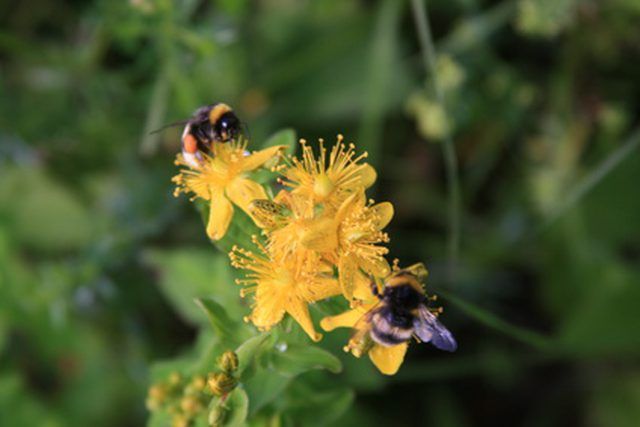Bulbs
Flower Basics
Flower Beds & Specialty Gardens
Flower Garden
Garden Furniture
Garden Gnomes
Garden Seeds
Garden Sheds
Garden Statues
Garden Tools & Supplies
Gardening Basics
Green & Organic
Groundcovers & Vines
Growing Annuals
Growing Basil
Growing Beans
Growing Berries
Growing Blueberries
Growing Cactus
Growing Corn
Growing Cotton
Growing Edibles
Growing Flowers
Growing Garlic
Growing Grapes
Growing Grass
Growing Herbs
Growing Jasmine
Growing Mint
Growing Mushrooms
Orchids
Growing Peanuts
Growing Perennials
Growing Plants
Growing Rosemary
Growing Roses
Growing Strawberries
Growing Sunflowers
Growing Thyme
Growing Tomatoes
Growing Tulips
Growing Vegetables
Herb Basics
Herb Garden
Indoor Growing
Landscaping Basics
Landscaping Patios
Landscaping Plants
Landscaping Shrubs
Landscaping Trees
Landscaping Walks & Pathways
Lawn Basics
Lawn Maintenance
Lawn Mowers
Lawn Ornaments
Lawn Planting
Lawn Tools
Outdoor Growing
Overall Landscape Planning
Pests, Weeds & Problems
Plant Basics
Rock Garden
Rose Garden
Shrubs
Soil
Specialty Gardens
Trees
Vegetable Garden
Yard Maintenance
Zone 10 Flowers & Plants
Zone 10 Flowers & Plants. Living in zone 10 is wonderful--sunshine, mild temperatures, lots of outdoor activities. Gardening in zone 10 can be a challenge, depending on what state you live in. Using indigenous plants can alleviate a lot of the stress of finding the "perfect plant" for that hot, full sun spot or that shady corner....
Living in zone 10 is wonderful--sunshine, mild temperatures, lots of outdoor activities. Gardening in zone 10 can be a challenge, depending on what state you live in. Using indigenous plants can alleviate a lot of the stress of finding the "perfect plant" for that hot, full sun spot or that shady corner. Indigenous plants are also water conservative, pest resistant, and wildlife friendly.
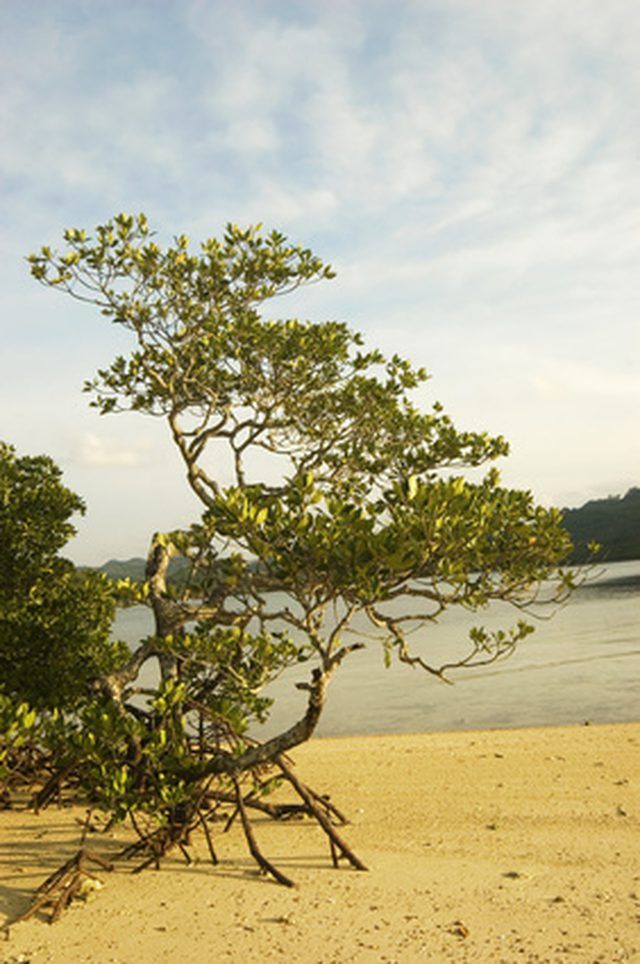
Stretching from the California coast through southern Arizona and on to southern Florida, zone 10 is a small but vitally important hardiness zone in North America. Citrus and crop production in zone 10 areas are multi-billion dollar industries in California and Florida. California’s zone 10 regions are primary found along the coast through the Central Valley and into the inland deserts, and Arizona’s entire southwest corner is also zone 10. Florida’s southern tip is zone 10 from the Gulf of Mexico to the Atlantic. Although California, Arizona, and Florida are all classified as zone 10 hardiness areas, there is a huge difference in the climate from one to another. California and Arizona are true desert areas, receiving less than 50 cm (19.65 inches) of rain per year, with some areas receiving less that 25 cm (10 inches) whereas southern Florida receives an average of 122.80 cm (48 inches) per year.
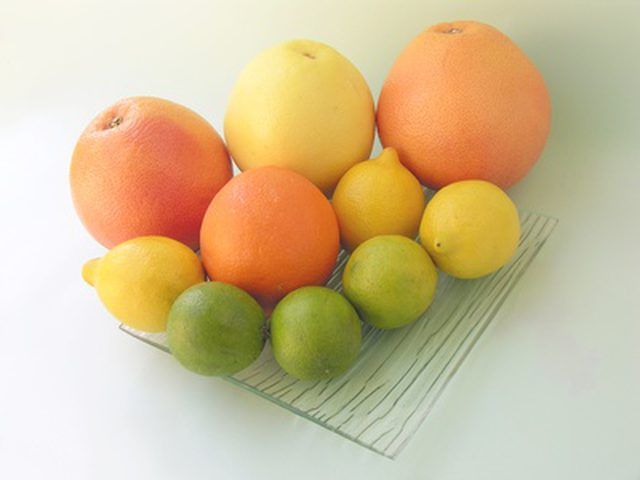
You’ll find 4,291 species of plants (non-tree type) within the 435 vegetation ecosystems currently recognized in zone 10 in California, from the vivid bright fuchsia blooms of Abronia pogonantha (Mojave sand verbena) to Acer negundo (boxelder) to the highly endangered Torrey pine (evergreen, less than 150 individuals surviving) found only in San Diego, Santa Barbara, and Marin. Part of the Sonoran Desert, southern Arizona has more than 4,000 species of indigenous plants, with more being discovered every day. The primary habitat for cacti as well as species in the genera Asteraceae and Myrtaceae, southern Arizona’s native plants can be majestic--from the Rocky Mountain maple to the diminutive Encelia frutescens (button brittlebush). Native Florida flora for zone 10 is extensive and wide-ranging, from Amaranthus spp. (amaranth) to Avicennia germinans (black mangrove).
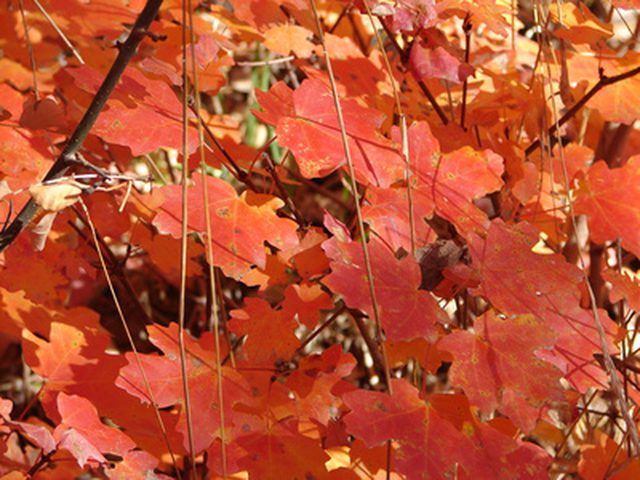
Native species have evolved within their environments, learning to adapt to natural changes that occur, such as drought, pests, or salinity. Zone 10 natives are especially hardy, as they must survive fairly high temperatures in extreme climate conditions--desert conditions with extremely low humidity or tropical conditions with extremely high humidity. These natives have natural pest resistance and water usage "meters"--should a period of drought occur. California and Arizona natives conserve water by producing fewer leaves and flowers whereas Florida natives are able to survive in high salinity environments by naturally filtering the excess salt.
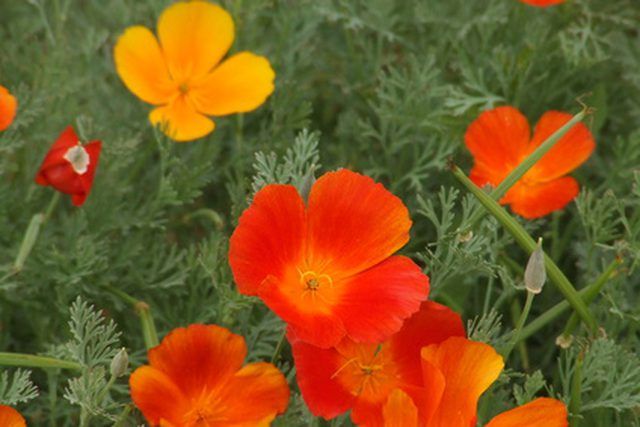
Water conservation is a major concern in California and Arizona; as such, indigenous plants serve to help conserve water, as they evolved in the semi-arid conditions of the region. Alternatively, Florida’s native flora has evolved in an environment where the saline water invades the fresh water table on a regular basis. Having the ability to desalinate the water when necessary is vitally important to survival.
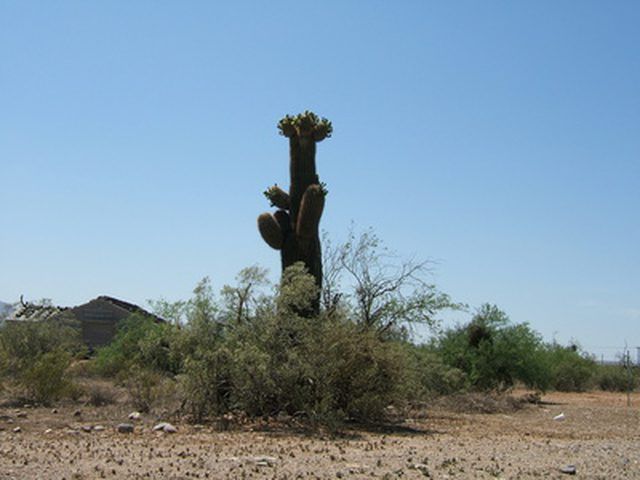
Using native flora from both coasts in landscaping helps maintain the natural ecology of the region and creates bridges between urban and protected natural areas. Many attract beneficial insects and other pollinators.
